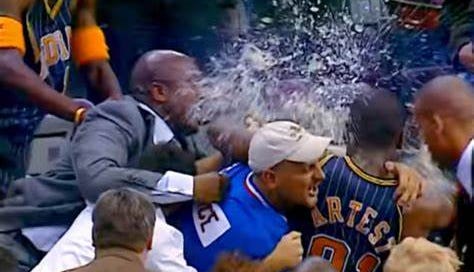I wrote part of a chapter in a book on the big fight between Indiana Pacers players and Detroit fans that took place in November 2004 more than a decade ago. Some of you know how much basketball mattered to me in my younger days. Eagerly watched the new doc as soon as I saw it advertised somewhere online.
Though there were elements of the film that I l…




